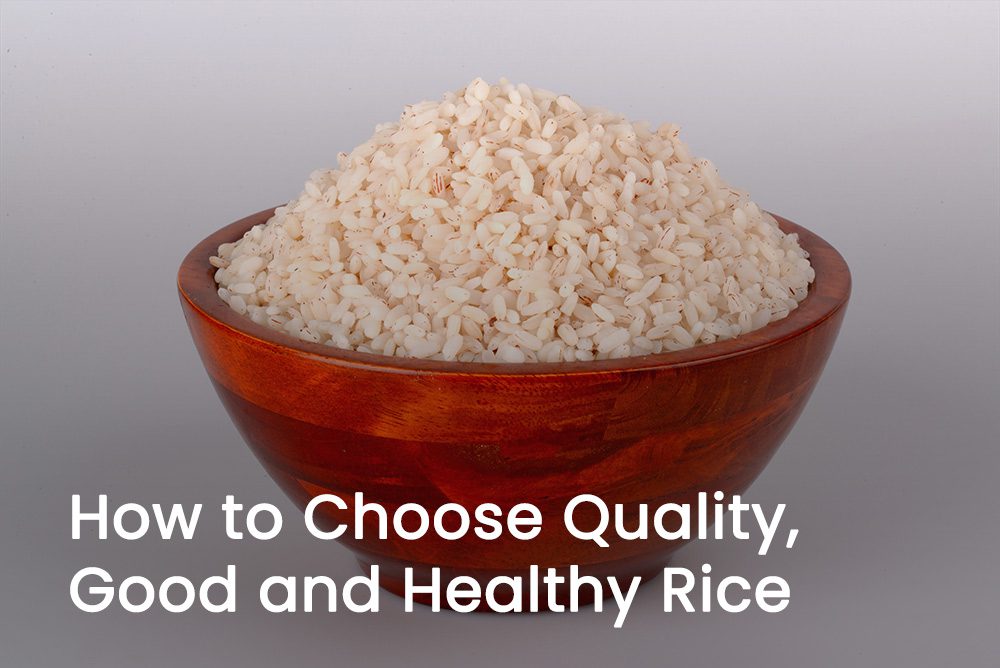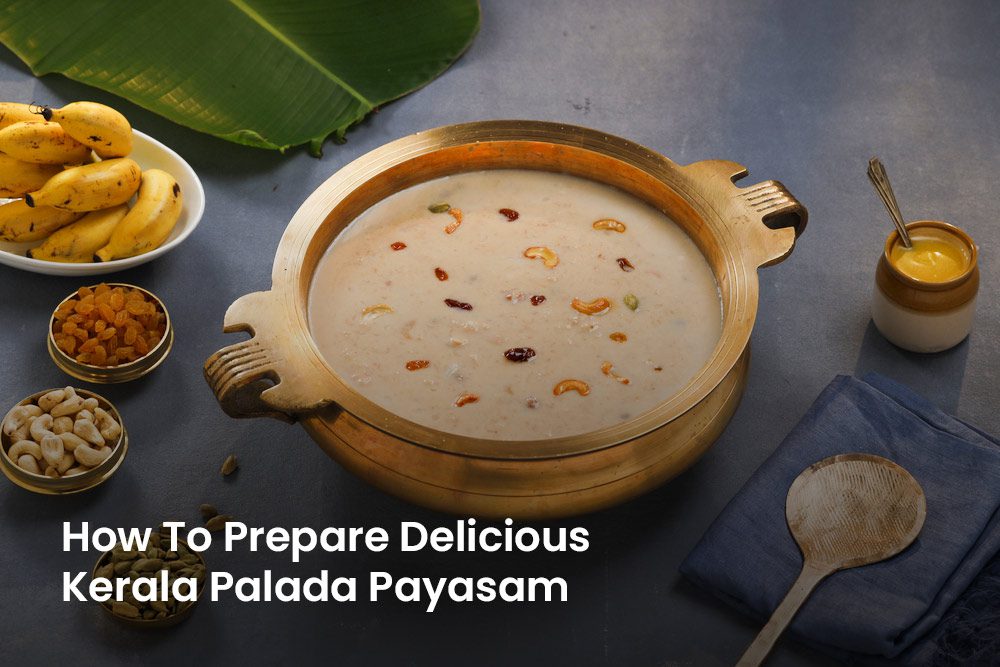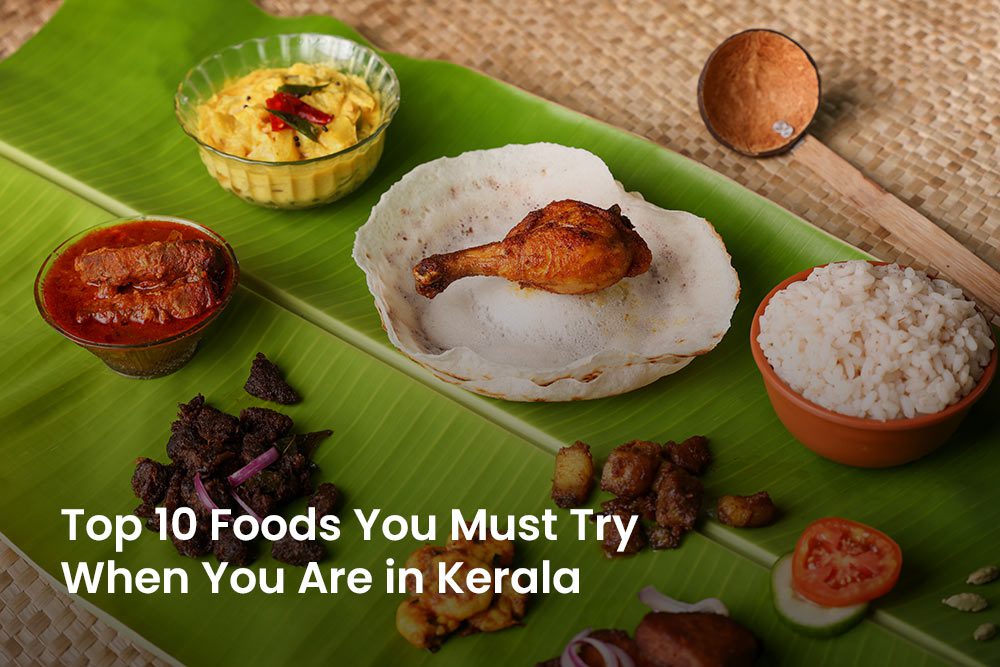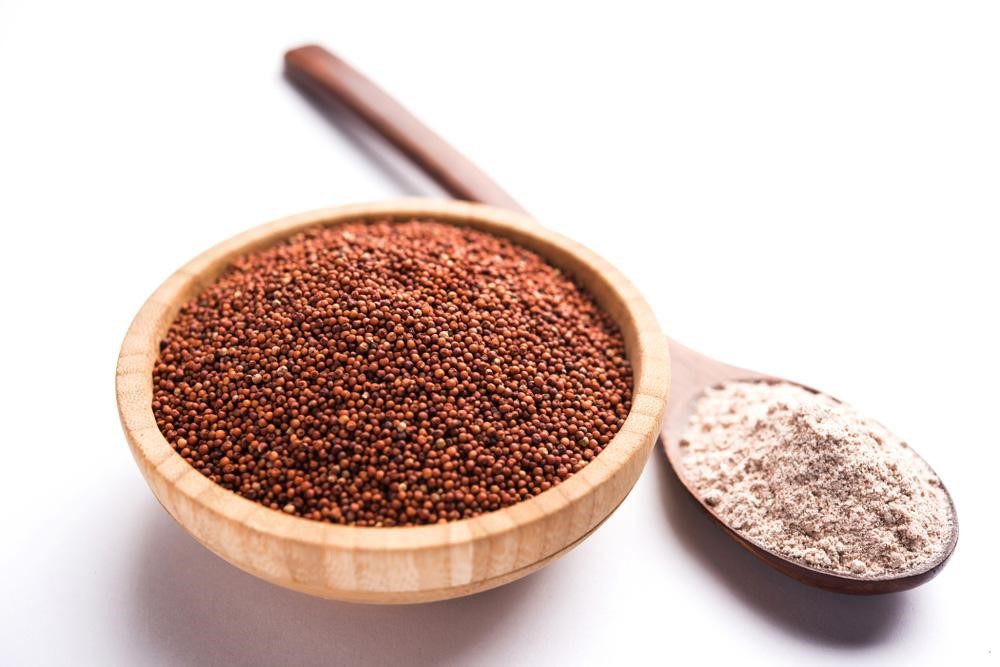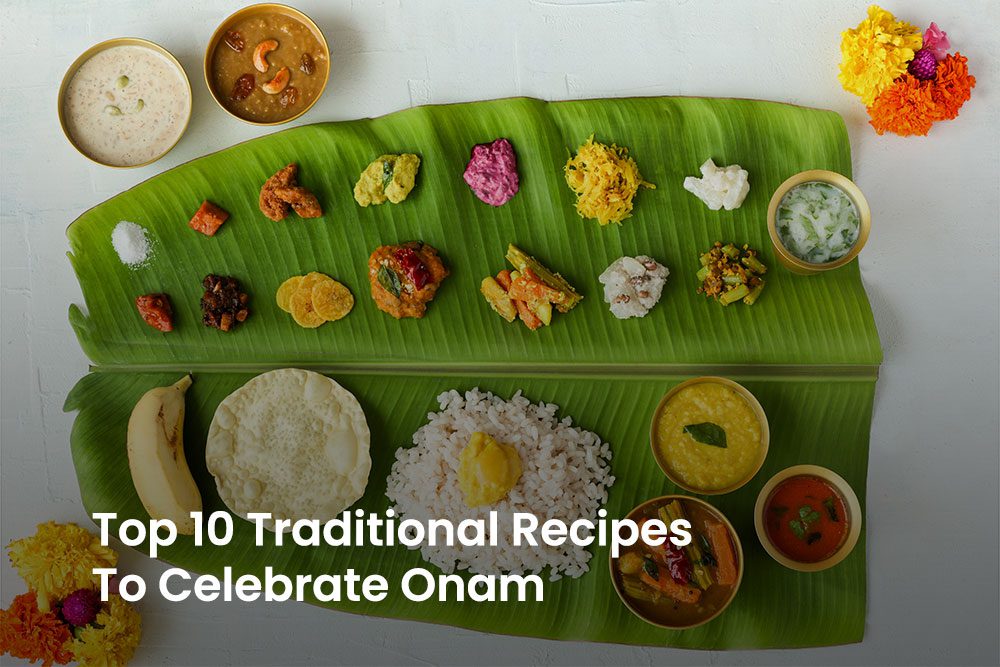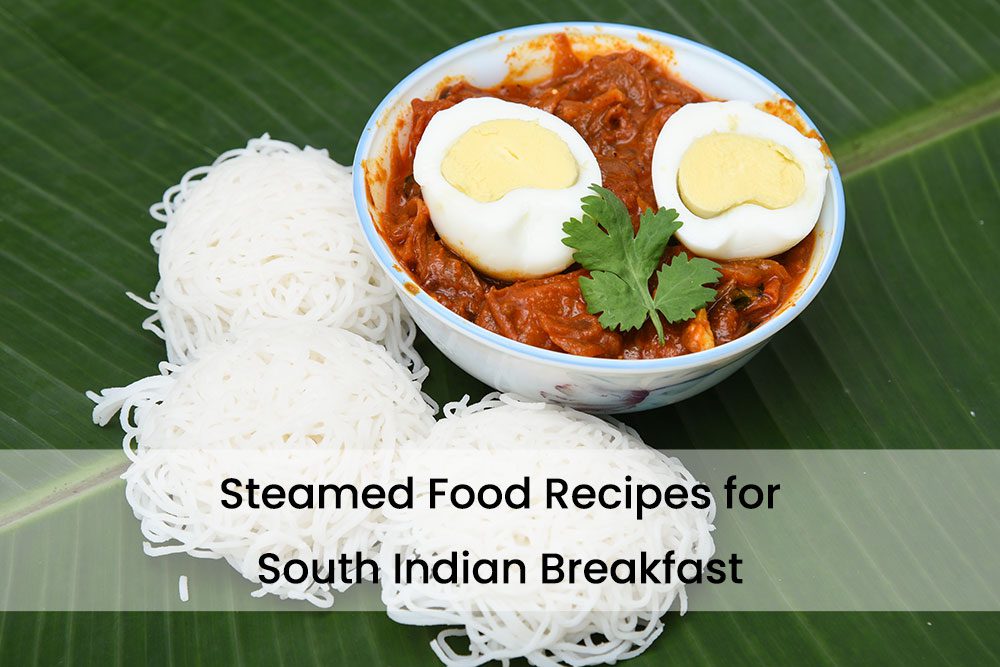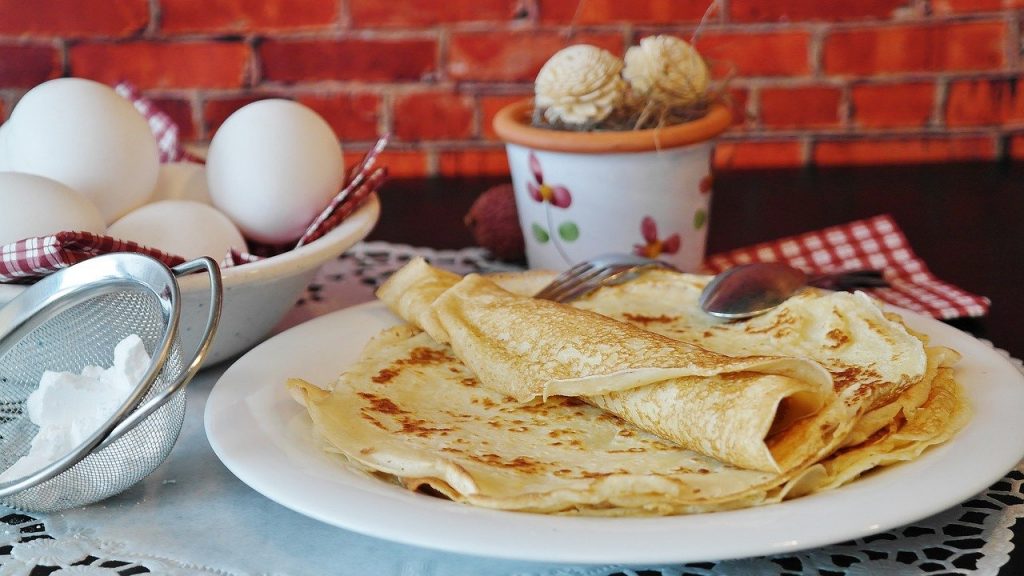How to Choose Good Quality and Healthy Rice
Rice is the staple food of most parts of the world. The reason why rice has become a normal element in households worldwide is that it is easily compatible with different dishes and cuisines. It becomes part of the diet and meets the calorie requirements for 21% of the total body weight. The nutritional profile of rice includes a good share of fiber and contains a good percentage of carbs, proteins, phosphorus, and potassium. There are many varieties of rice, like brown rice, white rice, black rice, and red rice. The quality of the rice depends on its size, color, and texture, and choosing different varieties of rice depending on the dish will help increase the taste.
Consuming superior-quality rice not only enhances the taste but is also a good choice for improving your health as well.
Each country has different benchmarks when it comes to determining the quality of rice. There are many characteristics that need to be considered for good-quality rice grains.
Tips for Choosing Good Quality and Healthy Rice
Getting good-quality rice is not an easy option; it takes a lot of careful consideration to choose the right and healthy choice of rice. Let us look into some of the characteristics that have to be considered before choosing the right quality of rice:
1. The color of the rice
The color of the rice determines the quality of the rice. Most of the rice is mixed with many bleaches to give it its natural color. Rice’s whiteness and translucence are important aspects of its appearance. The color of the grain ranges from white to yellow. The yellowness of the rice grains is primarily due to the age and protein content of the rice. Avoid rice that is incredibly yellow. The cooking characteristics of rice are altered by the higher protein content, which increases the likelihood that the rice will undergo retrogradation cooling during cooking. The translucence of the rice grain depends on its crystallinity.
2. Attention to the rice texture
The rice that you choose can be considered quality when it breaks down under pressure. If it is of good quality, the rice will have a very strong texture and will not break when pressed. These rice grains are diabetic-friendly, as well as delicious and fluffy.
If the rice breaks easily under the pressure, then it means that the rice is not suitable for consumption. Pressing samples of rice to check if they break off is an easy way to determine the quality.
3. Length and width of the rice grain
There are three main sizes of rice: long, medium, and short grains. The best quality rice grains are determined by the size length to width ratio. Long rice grains have less starch, do not stick to each other, and become longer as they are cooked. Round and short grains have more starch content, and they become stickier after cooking. Medium grains have both long and short grains qualities. The length and width of the rice grains have to be uniform.
4. Uniformity in weight
The grain weight of the rice gives an insight into the size and density of the rice grains. Grains of different densities have different moisture contents and cook differently. The uniformity of weight in rice grains indicates the high quality of the rice.
5. Gelatinization temperature
Gelatinization is a chemical characteristic that can determine the quality of the rice. The gelatinization temperature is the temperature at which the starch in the rice starts cooking. The lower range of temperature cooks to a softer texture and retrograde less when compared to the rice grain at a higher gelatinization temperature.
Read To Know : Amazing Health Benefits of Brown Rice
6. Viscosity
Viscosity is a feature that determines the cooking properties of the rice grain. Rapid Visco Analysis (RVA), which simulates the cooking process, is a method used to determine the viscosity of rice grains. The viscosity of the rice grain is tested according to the resistance of the slurry against the paddle. The viscosity curves the rice, and the curve shows the quality and is unique to each type of rice.
7. Aroma
Choose rice with a natural aroma. There are rice grains available in the market that have an artificial aroma and smell; steer clear of such rice grains. The musty smell of the rice indicates that it is old and not edible for consumption. Trusting a good rice store will assist you in selecting the best-quality rice grains with minimal ambiguity and confusion.
8. Do not go for cheap rice
When the cost of rice is lower, there may be reasons why it can be priced at a lower price. The price has a direct reference to the quality of the rice. The taste and quality of the rice grains increase along with the higher price of the grains. Lower-priced grains can also be old stock.
9. Choose rice that is clean and free of impurities.
There is no dirt or other impurity in clean rice. The impurities include stone, rock, grain, etc. Rice free of impurities is good for health and much fresher. The taste of the rice is even better.
10. Cracks
Cracking of rice grains usually happens due to bad handling of grains during harvest. It can also happen due to changes in the moisture content of the rice grains. Cracking may result from variations in grain moisture over a 24-hour period. Rain on dry grain and grain that has been stored with varying levels of moisture can also cause cracking. The cracking of the grains also affects the cooking quality.
Read To Know : Most Popular Rice Varieties in Kerala?
Finding a reliable rice supplier is critical because rice accounts for the majority of people’s dietary needs. Past customer reviews of the suppliers should be valued for the quality of their rice grains. People’s health will suffer as a result of eating low-quality rice, and they will become sicker more frequently. Consider the above factors to make sure of the quality of the rice grains.

